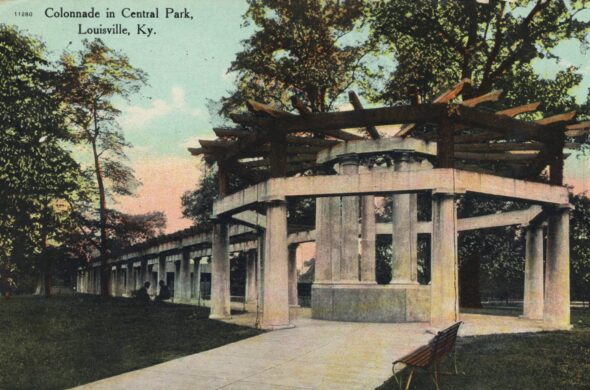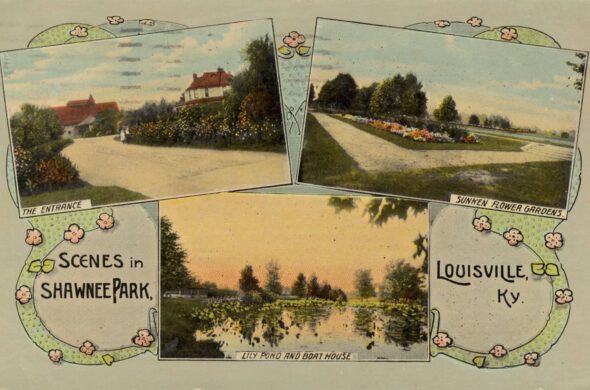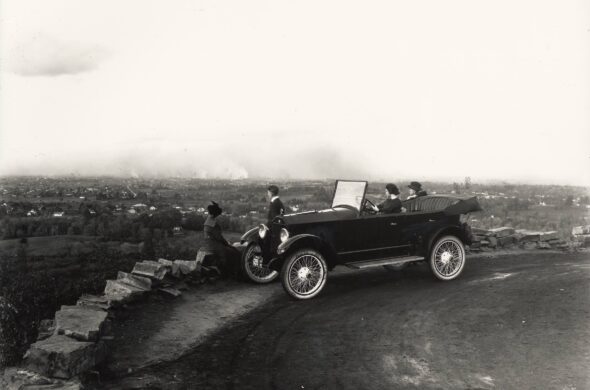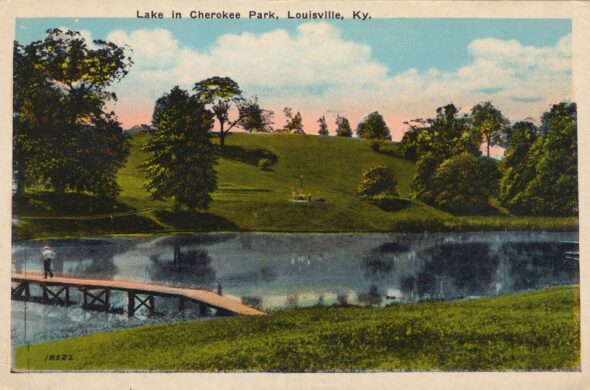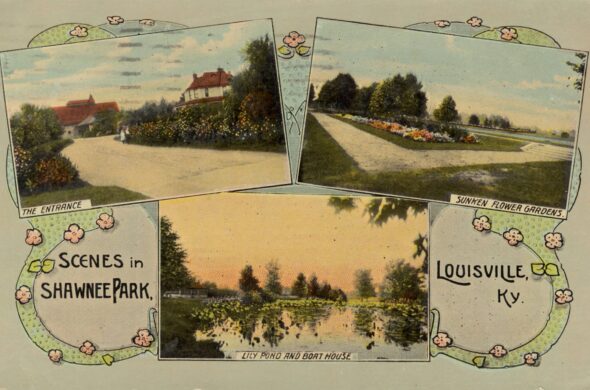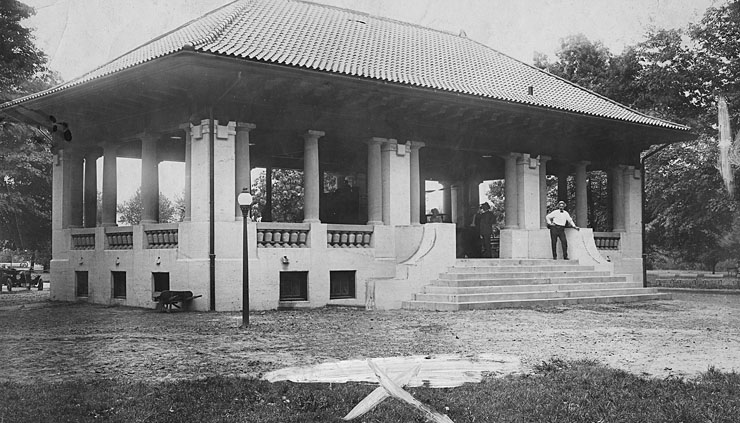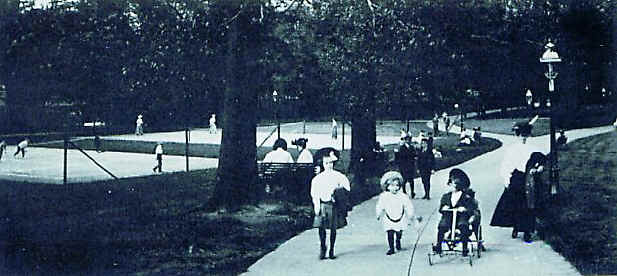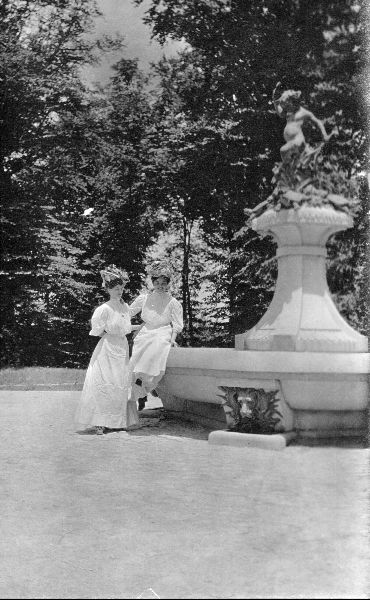The Founder of American Landscape Architecture
Olmsted was invited to Louisville in 1891 by a group of prominent citizens to survey the land they had acquired for parks. The group was so impressed following his presentation they immediately contracted with his firm for development of a master plan for three large multi-purpose parks. Olmsted’s designs for Cherokee, Iroquois and Shawnee Parks took advantage of the topographical elements unique to each area of the city and provided for a system of interconnecting parkways to link them.
The major parks and parkways brought access to nature and neighborhoods began to spring up on surrounding lands. As Louisville continued to grow, the city recognized the need for small, inner-city parks and playgrounds. In all, Olmsted and his successor firm developed plans for eighteen parks and six parkways that today comprise Louisville’s historic park system.

